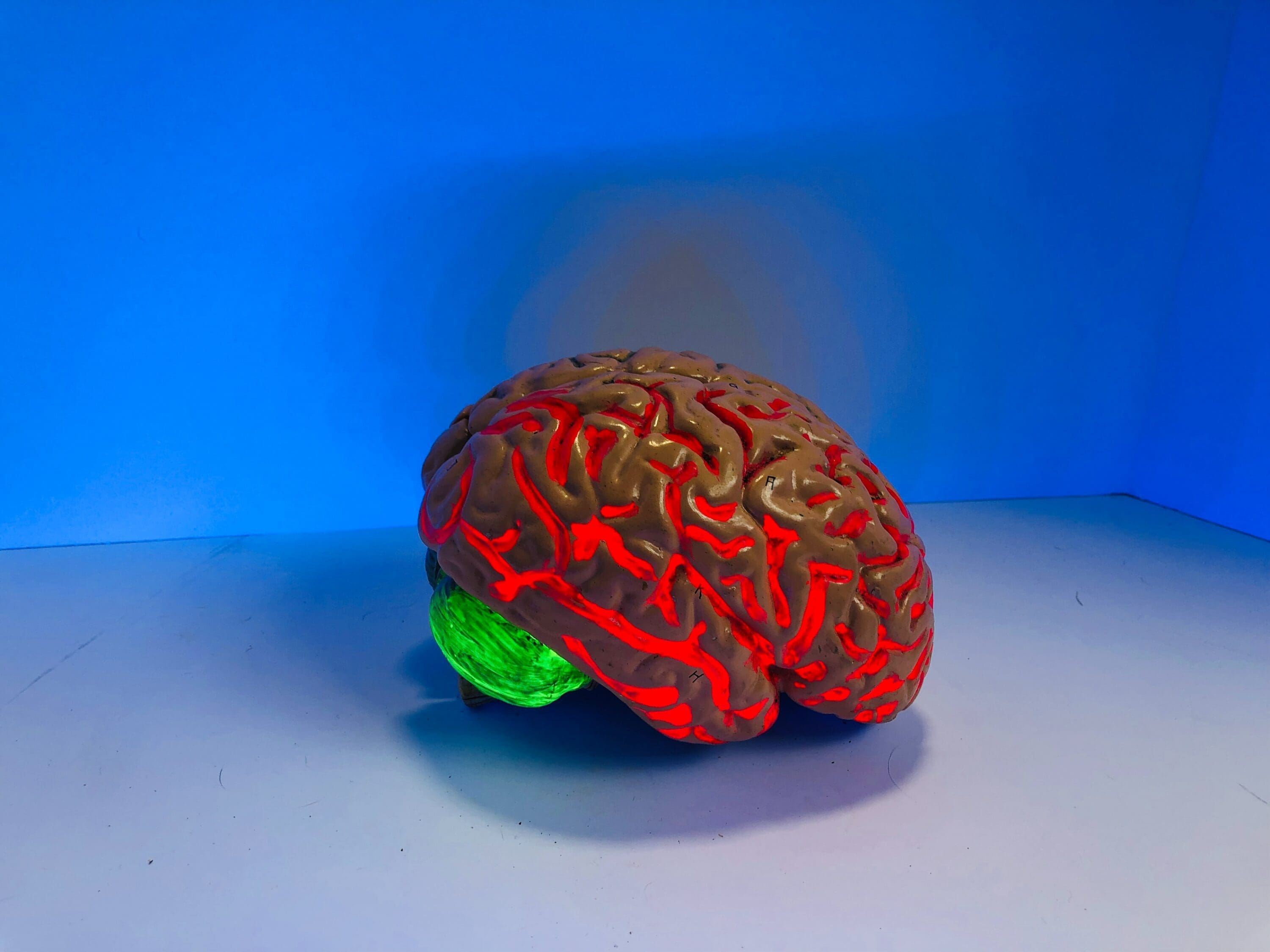The battle for customer attention has become seemingly impossible. The online marketplace is oversaturated at moments, and to stand out may seem like a miracle. Customer attention is not extremely limited and shorter by the day. Every second matters in the decision-making process and, many websites, including your own, has but one chance.
And an extremely short time frame to present themselves, get customers to stay and intrigued while also converting all of this to sales. This sounds like a daunting task, but as it is with many things, there are tips and tricks of the trade to help you accomplish this goal. Getting into your customer’s heads and securing a place there, is where psychology gets involved.
At its core, many aspects of this science are applied to everyday marketing and design. So, it only makes sense to implement them into your daily business activities, as you can then make the most out of it. All is fair in love and war, and we all love to make people happy.
1. Emotional investment
Emotions are a powerful force that much we all know. The strongest memories of people and places we have are those connected to any emotion. Here is a great example. Think of any person from your close circle of friends or family. Chances are, that there are no emotional reactions, and you can easily remember info about them.
Think of any of the thousands of people you see every day on the bus, metro or the streets. Nothing happens because you haven’t made a connection to them. The same principles apply to websites. There are thousands of them out there and you pass by almost all of them. The ones that invoke any kind of emotional response are those that get engraved in your memory.
By using empathy, companies can reach out to their customers and invoke an emotional response, and thus making a connection between that response and them. For example, customers that feel burnout from working from home, current situation or life, in general, will seek relief and ways to recharge. By offering them that marks you on their map.
Logical and rational messages, sounds and colours that appeal to the customer and make them feel good elicits a positive response that is the first step in getting their attention and interest. We all want to feel good, so we will always choose companies/products that enable that.
2. Brand association
People want information, and they want it instantly, clearly and un-obstructively delivered. When creating your brand, focus on clarity and delivery. Since you only have one chance and a limited time frame, your customers need to recognize your brand and get all the info they need about your service/product from a single glance.
Today we are overloaded with information since we are practically bombarded, by it from all sources. Our brains are getting better and better at filtering out any noise and retting only the relevant information needed. With that in mind, your overall design should focus on just that. To deliver key, precise and transparent info to satisfy your customer’s curiosity and then their needs.
3. Power of colour
This item is easy and obvious but easily forgettable along the way. Any colour invokes some feelings and emotions from us. There have been numerous psychological studies that prove such statements, and that some colour groups are universally associated with certain types of emotions. For example, red, yellow and orange are often used for food-related items to invoke appetite.
Blue, white and green is all soothing colours that calm us down. And they are connected to nature. Professional and insightful web design uses this info and similar knowledge when designing each page and sector. Imagine coming to any page related to nature and travel and seeing only black, grey, brown and washed out colours. Would you book your vacation via that agency? In this department, always start with yourself and what appeals to you. You will be surprised to how much those values are universal.
4. Price factor
The value of anything can be a subjective factor. Individual reasoning put their standards and measures to each product online. Is something worth their time and money is the million-dollar question? By correctly assessing and pricing your product and webpage, you can create a sense of exclusivity (emotion) and quality. Assuring your customers that they are making the right decision by going with your solution makes that added value to your brand, company and product.
Once that gets started, price becomes a secondary factor in customers reasoning as they want and need a solution that you are offering. Price is not a factor when people want a solution for their needs, and making your design point that out is the proper way of capitalizing on proper design.
5. Social approval
Who would you rather listen to? Some random stranger on the street or a person you care about? The same applies to online activities. Honest and direct reviews and feedback from real users and people create golden word of mouth recommendations. Anonymous, faceless and machine-like text does the opposite. Human contact and influence do wonder in the promotion and getting other people invested in your product/service.
More so if you can find a celebrity, or any influential person, to associate with your product/service. People seek approval, attention and affirmations for their actions. Seeing that their idols use something makes them mimic them. They do this so that they can get the same results. Human influence makes the whole webpage design more approachable and understandable for us. It is all about the end consumer, after all, and making them feel good.
6. Curiosity
It may have killed the cat, but it can land you a sale. Providing just enough crucial info, as mentioned before, but not revealing everything you have is the key here. Invoking mystery (emotion) while tantalizing your users with info creates a need (emotional response) from the consumer to know more. Our brains love to solve riddles and mysteries, they yearn for knowledge, so if your design can accomplish just that, it can drive customer satisfaction up and through your web page.
7. Info chunks
If you sell books, you won’t spill and plaster all their content, front and centre. That’s why the summary exists. This is being used for books, so it is used for any other situation. We talked about information overload and, it’s worth noting that our brains like to keep information nice and organized. Information is kept in sort of mental boxes for all categorized so that our brains can access them easily.
Pandering to that, and making the best use out of it all of the info on your site should be grouped into bite-size chunks. In that way, the customer can easily digest and inform himself. Without the fear of getting overwhelmed or tired from trying to process all that is thrown at them. While people want to get informed, they don’t want to get overwhelmed, which makes them quit in the end. If the payoff is more than they are willing to invest, they will quit. Providing them with just enough in each sector while making these sectors connected is what design should focus on.
All of this may seem like a daunting task and too much for one person to handle. The important thing to take from all of this is making that leap of faith. Get started with the first steps in acknowledging and changing your design, so that it appeals to your customers in a greater way. Any changes you make are better than none and can provide you with invaluable info. Always remember that this process is a marathon and not a sprint race. We wish you all the best in your future endeavours.


